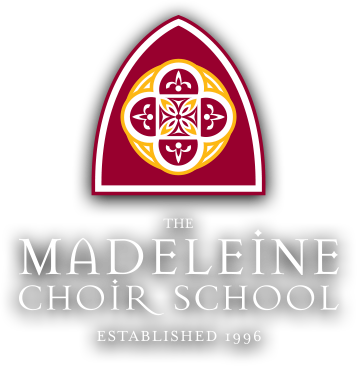Grade 1 Curriculum
English Language Arts
Reading Standards for Literature
- Ask and answer questions and retell stories including details
- Describe character settings and major events
- Identify sensory words and phrases
- Compare book types, informational/literature
- Identify who is telling the story
Reading Standards for Informational Text
- Ask and answer questions about details
- Identify main ideas and detail
- Make connections with text, illustrations, events, ideas
- Clarify the meaning of words
- Use various text features to locate information
Reading Standards and Foundational Skills
- Recognize features of print including: sentence, first word, punctuation
- Distinguish long and short vowel sounds
- Blend sounds into words
- Segment words into sounds
- Use diagraphs
- Decode one syllable words
- Decode using long vowels patterns
- Decode and segments two syllable words including inflectional endings
- Recognize and read irregular spelled words
- Read on level text with purpose, understanding, accuracy, expression
Writing
- Write opinion text
- Write informational text
- Write narrative text
Speaking and Listening
- Listen and participate in conversations with peers and adults
Language
- Demonstrate correct English grammar in speaking and writing
- Print upper and lowercase letters
- Produce a variety of types of complete sentences
Mathematics
Operations and Algebraic Thinking
- Represent and solve problems involving addition and subtraction
- Understand and apply properties of operations and the relationship between addition and subtraction
- Add and subtract within 20
- Work with addition and subtraction equations
Number and Operations in Base Ten
- Extend the counting sequenced
- Understand place value
- Use place value understanding and properties of operations to add and subtract
Measurement and Data
- Measure lengths indirectly and by iterating length unites
- Tell and write time
- Represent and interpret data
Geometry
- Reason with shapes and their attributes
Science
Life Science
From Molecules to Organisms: Structures and Processes
1-LS1-1
Design a solution to a human problem by mimicking how plants and/or animals use their external parts to help them survive, grow, and meet their needs.
1-LS1-2
Read texts and use media to determine patterns in behavior of parents and offspring that help offspring survive.
Earth Science
Earth’s Place in the Universe
1-ESS1-1
Use observations of the sun, moon, and stars to describe patterns that can be predicted.
1-ESS1-2
Make observations at different times of the year to relate the amount of daylight to the time of year.
Physical Science
Waves and Their Applications in
Technologies for Information Transfer
1-PS4-1
Plan and conduct investigations to provide evidence that vibrating materials can make sound and that sound can make materials vibrate.
1-PS4-2
Make observations to construct an evidence-based account that objects in darkness can be seen only when illuminated.
1-PS4-3
Plan and conduct investigations to determine the effect of placing objects made with different materials in the path of a beam of light.
1-PS4-4
Use tools and materials to design and build a device that uses light or sound to solve the problem of communicating over a distance.
Engineering
Engineering Design
K-2-ETS1-1
Ask questions, make observations, and gather information about a situation people want to change to define a simple problem that can be solved through the development of a new or improved object or tool.
K-2-ETS1-2
Develop a simple sketch, drawing, or physical model to illustrate how the shape of an object helps it function as needed to solve a given problem.
K-2-ETS1-3
Analyze data from tests to two objects designed to solve the same problem to compare the strengths and weaknesses and how each performs
Social Studies
Culture
- Recognize and describe the elements of schools and neighborhoods
- Identify elements of various international groups (recognize food, dress, music holidays as a cultural characteristic)
- Explain the roles of people in a neighborhood
- List and discuss how neighborhoods change over time
Citizenship
- Discuss the roles and responsibilities of being a member of a group
- Articulate how individual choices affect self, peers, others
- Communicate positive feelings and ideas of self
- Identify neighborhood and community landmarks
- Demonstrate respect for patriotic practices and customs
Geography
- Use a compass rose to locate cardinal directions
- Identify Utah and the Unites States on a variety of maps and globes
- Create a map showing important sites or landmarks in a school community.
- Locate physical features and man-made features on a map or globe
Financial Literacy
- Identify goods and services and explain how they are exchanged
- Identify choices families make in terms of goods and services.
- Explain why people save money to buy goods and services in the future
Religion
Students will be able to…
- Sign and say The Sign of the Cross
- Correctly recite the “Our Father”, “Hail Mary”, “Grace”, and the “Guardian Angel” prayers
- Accurately identify and name our Pope, Pope Benedict, and our Bishop, The Most Reverend John C. Wester
- Identify the Trinity by name
- Explain how God loves us
- Actively participate in school masses
- Identify the difference between a sin, an accident, and a mistake
- Discuss the difference between right and wrong, in consistency with a Christian lifestyle
